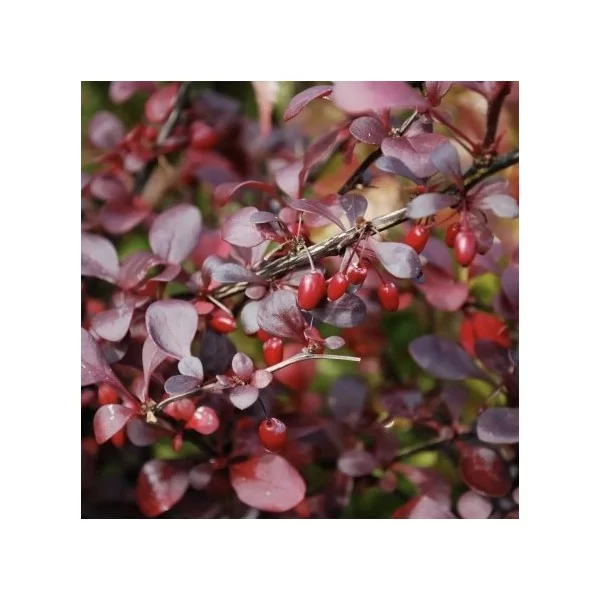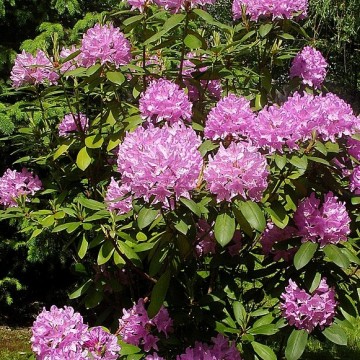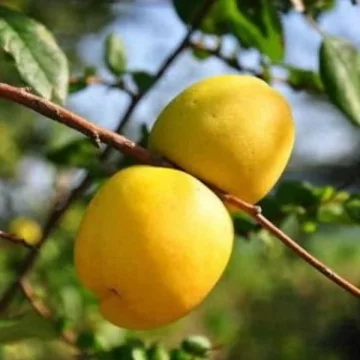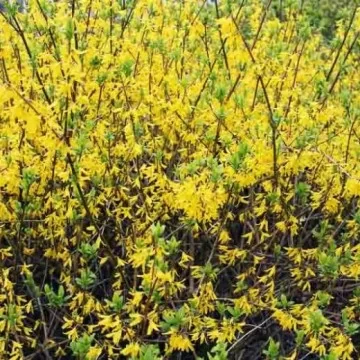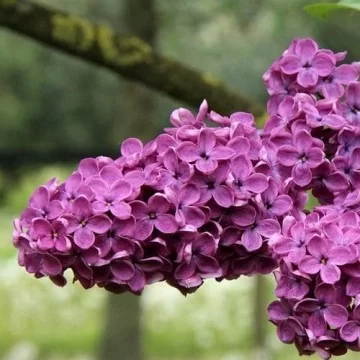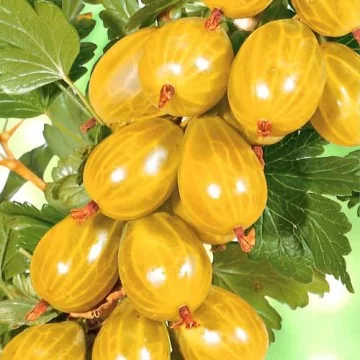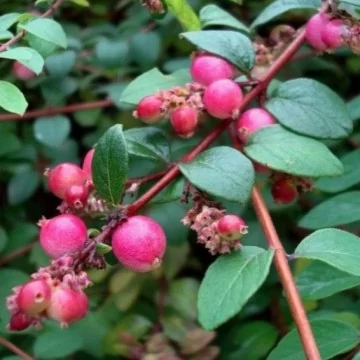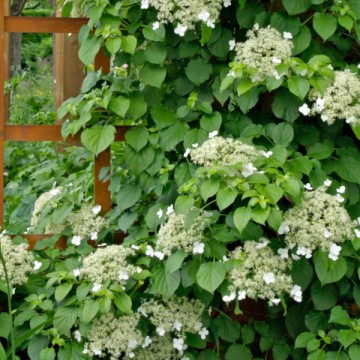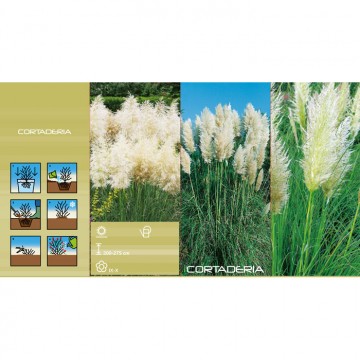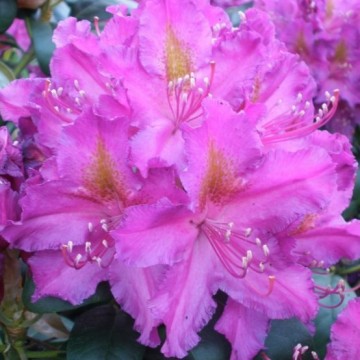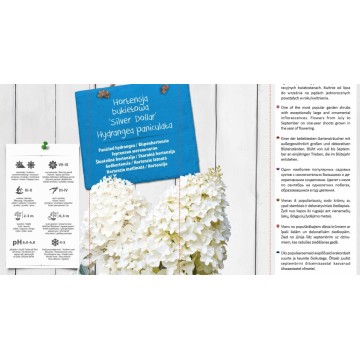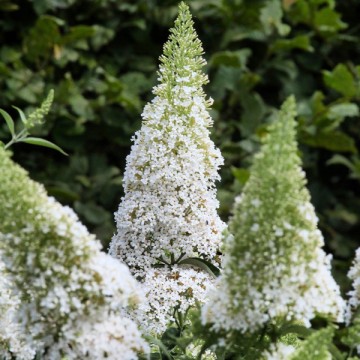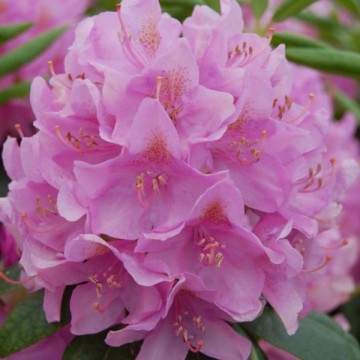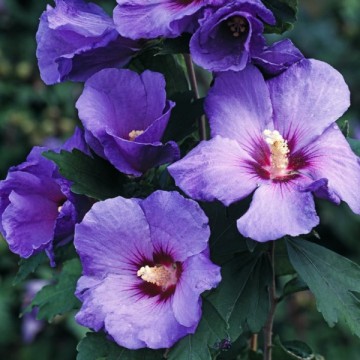- New
All categories
-
Flower Bulbs add remove
-
Vegetable Seeds add remove
-
Seed lines:
- PROFI seed line
- Eco seeds
-
Professional Seeds add remove
-
Flower Seeds add remove
-
Seedlings add remove
- Small fruit plants add remove
- Ornamental shrubs
- Roses
-
Lawn seeds
-
Spice Seeds add remove
- Spice Seeds add remove
-
Seed Lines add remove
-
Seed Collections
-
 Microgreens
Microgreens
All categories
-
Flower Bulbs add remove
-
Vegetable Seeds add remove
-
Seed lines:
- PROFI seed line
- Eco seeds
-
Professional Seeds add remove
-
Flower Seeds add remove
-
Seedlings add remove
- Small fruit plants add remove
- Ornamental shrubs
- Roses
-
Lawn seeds
-
Spice Seeds add remove
- Spice Seeds add remove
-
Seed Lines add remove
-
Seed Collections
-
 Microgreens
Microgreens
Berberis Dart's Red
Reference: 5903263600466
Price:
Delivery methods
up to 0.1 kg - from 5,99 EUR
up to 0.5 kg - from 6,29 EUR
up to 1kg - from 8,49 EUR
up to 1,5kg - from 10,49 EUR
up to 2kg - from 11,49 EUR
up to 1 kg - from 9,49€
up to 3kg - 10,49€
up to 10kg - from 14,49€
up to 20kg - from 15,99€
Dart's Red is one of the darkest-leaved varieties of Dart's Red. It grows to about 1 m tall and wide. The shrub is compact, with lightly arching branches.
It will grow best in a light, light, fairly fertile soil. It does not like waterlogged areas. It is an excellent plant for growing in compositions, especially for creating contrast. Suitable for low hedges and borders. May freeze in cold winters.
Soil: the shrub is not demanding of soil. Permeable soils are best suited - both acidic and alkaline, and it will also grow in calcareous soils.
Planting: well-drained, permeable soil is most suitable - both acidic and alkaline, and this plant will also grow in calcareous soils. Do not plant it in a very wet place as it will not grow well. It is advisable to add peat and compost to the soil before planting, as this will help the shrub to grow noticeably faster and be more vigorous.
Location: it is better to choose a bright spot, as many of the brighter and variegated varieties lose their colour in the shade. To stand out from other plants and not be overshadowed, the shrub should be planted 1,5-2 m away from other plants. For dense hedges, plant 4 bushes per metre, or 2 bushes per metre for a looser hedge. Suitable for planting in groups, rock gardens, colour compositions and potted arrangements. They look particularly beautiful when planted against a brick wall or fence, and can also be used to form a hedge, as they are quite vigorous. Roses can also be planted alongside the barberry - they look very pretty against the lush foliage of the shrub.
Care: Barberry is hardy and fairly drought tolerant. Additional fertilisation in the second year after planting with nitrogen fertiliser (20-30 g of urea per bucket of water). Once every 3-4 years thereafter. Responds positively to fertilisers with trace elements. Water once a week, weeding and loosening of the soil should be carried out.
Pruning: responds well to pruning, so prune annually from the second year of growth, removing weak shoots. Old shrubs are thinned in spring. Pruning should start in the second year after planting, removing 1/2 to 2/3 of the above ground part. Pruning the following year can be done in the first half of June and early August.
If you want to form a bush, pruning is best done in late summer, when the bush will withstand the procedure well. Root suckers for propagation are also best separated in late summer when they have grown to about 8 cm in length.
